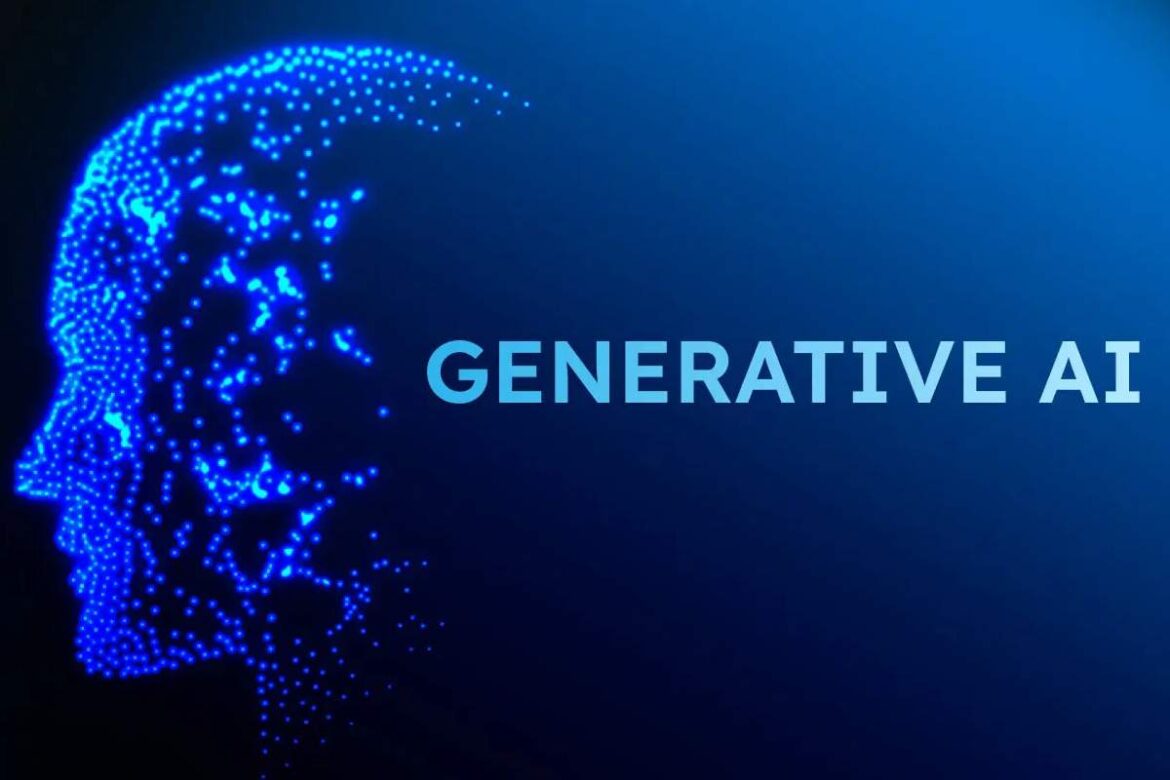Generative AI is rapidly emerging as a catalyst for innovation, reshaping industries and redefining job roles across the globe. From content creation and software development to design, marketing, and healthcare, this technology is unlocking new possibilities and career paths. As businesses adopt AI-powered tools to automate routine tasks and enhance creativity, the demand for professionals who can build, manage, and ethically guide generative AI systems is soaring. This evolution is not replacing jobs,it’s transforming them. The rise of roles like prompt engineers, AI ethicists, and creative technologists proves that Generative AI is creating the jobs of tomorrow, today.
Table of Contents
Getting to know about the Concept of generative AI in the modern world
In today’s fast-evolving digital landscape, enrolling in a Gen AI course has become an essential step for professionals seeking to understand the transformative power of generative AI. Unlike traditional AI models focused on prediction and classification, generative AI is designed to create,whether it’s text, images, code, music, or even virtual environments. Structured Gen AI courses help learners grasp foundational concepts such as neural networks, large language models (LLMs), and prompt engineering, while also offering hands-on exposure to tools like ChatGPT, Midjourney, and GitHub Copilot. More importantly, it provides insights into how generative AI is being applied across different domains.
From marketing and design to healthcare, education, and finance, generative AI is revolutionizing how we work and create. It’s enabling content automation, personalized customer interactions, accelerated research, and innovative product development. As it continues to expand its influence, understanding its potential and ethical implications is key. A well-designed course not only helps you stay current with evolving trends but also prepares you to apply these technologies in your industry. Whether you’re a developer, strategist, or creative professional, gaining a deep understanding of generative AI ensures you’re ready for the new wave of intelligent innovation shaping every sector today.
How Generative AI Is Changing the Workforce and Impacting Job Roles
Generative AI is not just enhancing productivity,it’s reshaping the very structure of the modern workforce. By automating content creation, aiding decision-making, and enabling rapid prototyping, it’s introducing new job roles while transforming existing ones across industries.
Here’s how generative AI is making an impact with real-world examples:
- Content Creation and Marketing
Tools like ChatGPT and Jasper AI are automating the generation of blogs, emails, and ad copy. Marketers now focus more on strategy and brand voice, while AI handles first drafts and idea generation. - Software Development
GitHub Copilot, powered by OpenAI, assists developers by auto-completing code, suggesting functions, and reducing debugging time, reshaping the role of software engineers from coding to code review and architecture design. - Customer Service
AI-powered chatbots, like those used by Duolingo and Shopify, manage routine inquiries, allowing human agents to handle complex issues, thus shifting the focus to high-empathy, problem-solving roles. - Design and Creativity
Midjourney and DALL·E are enabling designers to produce concept art and prototypes in minutes. Creative roles now emphasize curation, art direction, and client collaboration over manual execution. - Healthcare
Generative AI tools are helping radiologists analyze images or generate clinical notes, letting them focus more on diagnosis and patient interaction.
As generative AI continues to evolve, it’s not eliminating jobs, it’s elevating human roles, requiring professionals to adapt by learning to work with AI, not against it.
Why Generative AI Is the Future?
Generative AI is not just a trend,it represents a fundamental shift in how machines interact with information, creativity, and human needs. Its ability to generate original content, adapt to context, and learn from vast data sets positions it as a key driver of innovation across sectors.
Here’s why generative AI is shaping the future:
- Human-AI Collaboration
Generative AI doesn’t replace human creativity,it enhances it. Professionals in design, writing, marketing, and engineering are using tools like ChatGPT, DALL·E, and Copilot to accelerate ideation, streamline workflows, and bring concepts to life faster than ever. - Cross-Industry Impact
From healthcare (automated medical documentation) to finance (report summarization), and from education (adaptive learning materials) to entertainment (script and music generation), generative AI is reshaping how value is created and delivered. - Scalability and Efficiency
Organizations can now generate personalized content, automate repetitive tasks, and make data-driven decisions at scale, increasing efficiency while maintaining quality. - New Job Roles and Skills
As generative AI becomes mainstream, new roles are emerging,like prompt engineers, AI content strategists, and creative technologists. These positions require a deep understanding of how generative systems work, which is where upskilling becomes vital.
To stay ahead, professionals are increasingly turning to structured learning paths, such as a gen ai certification courses, to develop the necessary expertise. Understanding the mechanics, ethics, and real-world applications of generative AI is no longer optional,it’s a gateway to future-ready thinking in every profession.
Wrapped Up
Generative AI is not just revolutionizing how we create,it’s transforming how we work. By blending automation with creativity, it is giving rise to entirely new job roles while reshaping traditional ones across industries like tech, healthcare, marketing, and design. As AI tools become more embedded in everyday workflows, the demand for professionals who can understand, guide, and collaborate with these systems will only grow. From prompt engineers to AI ethicists, the workforce of tomorrow will be built around innovation powered by generative AI. Embracing this shift is essential for staying relevant in an increasingly AI-driven world.

